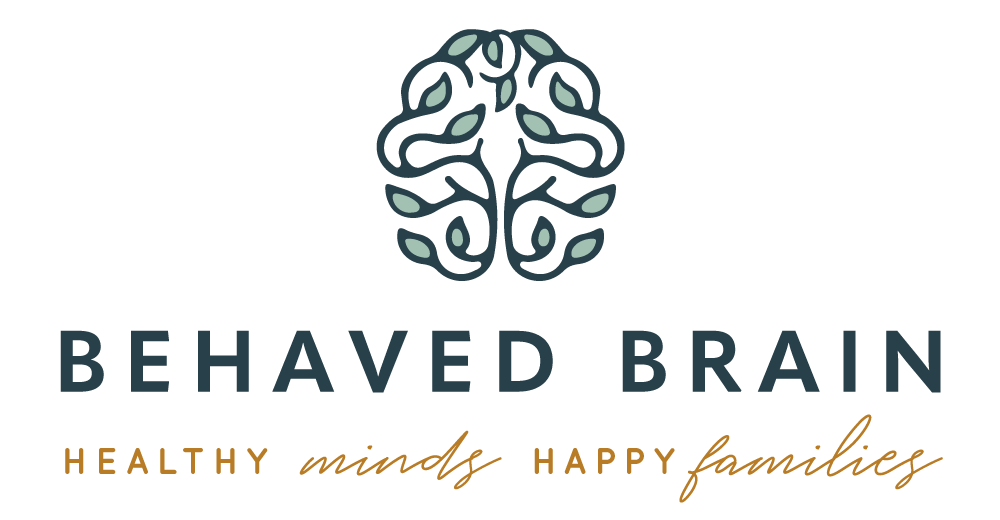 Having a school aged-child is hard enough these days with the pressures of achieving high test scores, participating in competitive sports, and the influences of social media. Having a child who has an Individualized Education Plan (IEP) can make the task of supporting your child even more challenging. Often, the IEP and the language used within the document can be confusing – almost like another language. This article is to help break down some of the key areas to focus on when reviewing your child’s document to make it easier to understand.
Having a school aged-child is hard enough these days with the pressures of achieving high test scores, participating in competitive sports, and the influences of social media. Having a child who has an Individualized Education Plan (IEP) can make the task of supporting your child even more challenging. Often, the IEP and the language used within the document can be confusing – almost like another language. This article is to help break down some of the key areas to focus on when reviewing your child’s document to make it easier to understand.
When reviewing your child’s IEP document, what are the key areas that you should be looking for?
- Title Page:look for your child’s program placement. It will indicate the level of services that your child will be receiving. It is important to check this to ensure that the program placement matches the program that was recommended for your child at his or her last IEP meeting.
- Also, review your child’s re-evaluation due date, which is typically on this page. This is the date that your child should be re-evaluated by. It occurs every three years.
- The title page often has the contact information for your child’s case manager. Do not hesitate to contact your case manager to ask them questions that may arise.
- Present Levels:This area includes Information from current or previous teachers regarding your child’s academic performance. This area should indicate the grade level that your child is working on, along with strengths and weaknesses. A new teacher should be able to read this section and know where to start working with your child.
- The most recent evaluation results should follow this section. It allows those viewing the document to view the evaluation summaries for better awareness of strengths and weaknesses. These areas also help to create the goals that your child should be working on.
- Goals and Objectives:Goals and Objectives will be listed for the areas that your child receives special education services. G&O should be grade level and are used to monitor your child’s progress. You should receive updates regarding your child’s progress. If progress is not being made, you should contact the case manager for a meeting to ensure that your child is receiving the appropriate supports.
- Modifications:Modifications include the supports that your child is receiving to be successful. It is important to monitor your child’s progress and ensure that the modifications that are in the IEP are being implemented. By law, these modifications must be implemented to support your child.
- Testing Modifications: Modifications for district assessments and state assessments are also provided within your child’s IEP. Again, review these modifications to ensure that your child is receiving the support deemed appropriate, and that the modifications provided are being followed.
- Statement of Special Education and Related Services: This page further indicates your child’s placement. It will indicate the areas that special education services are provided in, and in what type of setting. This is also where your child’s related services (if deemed eligible) will be listed. This can include therapies such as occupational therapy, speech therapy, etc.
It is important to know your rights as a parent and as an advocate for your child. If you have additional questions or concerns regarding your child’s IEP, or the supports that your child is receiving, join our Behaved Brain staff at our upcoming IEP awareness round table. For date and time information, please call 201-857-5380. Bring your child’s IEP and feel comfortable asking questions!
Helpful likes regarding special education services:
Parental Rights in Special Education
If you’d like to schedule an individualized session with one of our Behaved Brain therapists, please call 201-857-5380 to arrange for an in-office or virtual meeting.







